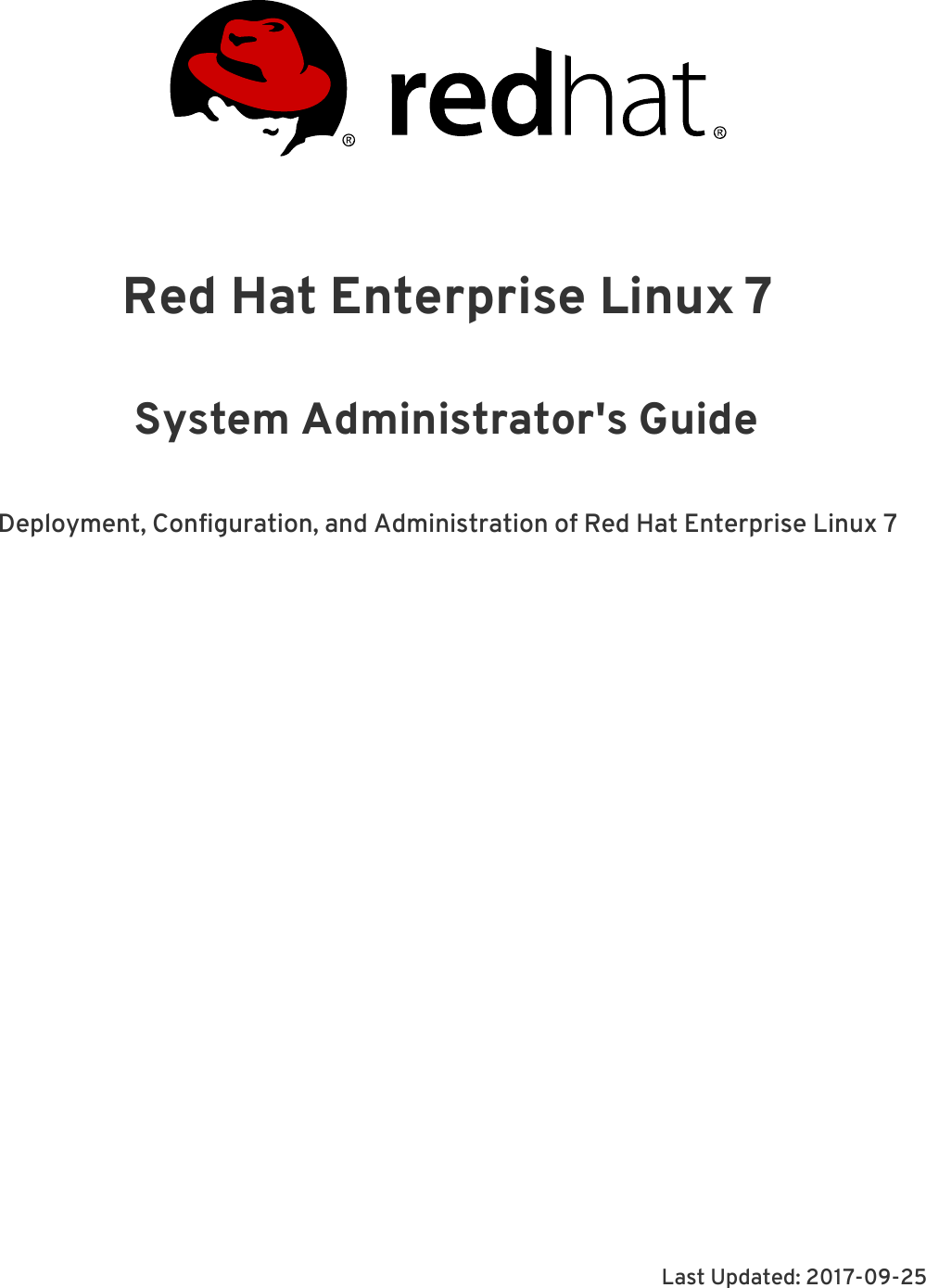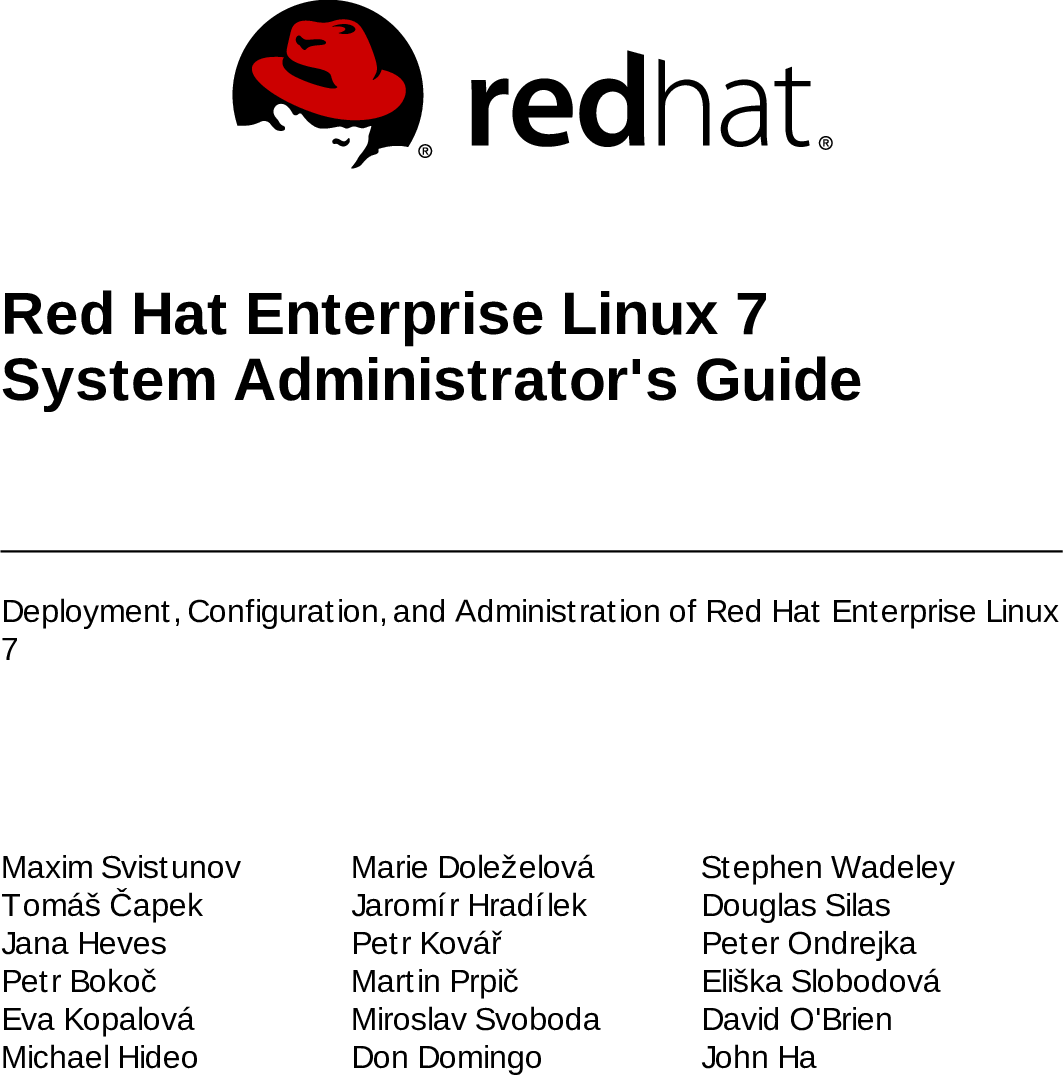


- OS X 10.13.6 360WORKS EMAIL PLUGIN TLS SOCKET ERROR UPDATE
- OS X 10.13.6 360WORKS EMAIL PLUGIN TLS SOCKET ERROR WINDOWS
Testing and supportability purposes as many different browsers and Protocol version hardcoding was commonplace in the past for
OS X 10.13.6 360WORKS EMAIL PLUGIN TLS SOCKET ERROR UPDATE
This class of problem cannot be addressed without source code changes and software update deployment. TLS versions newer than the hardcoded version cannot be used without modifying the program in question. Hardcoding here means that the TLS version is fixed to a version that is outdated and less secure than newer versions. Hardcoding in applications developed by their employees and In planning for this migration to TLS 1.2+, developers and systemĪdministrators should be aware of the potential for protocol version Recommended that dependencies on all security protocols older than TLSġ.2 be removed where possible (TLS 1.1/1.0/ SSLv3/SSLv2). Vulnerabilities not specific to Microsoft's implementation, it is The Current State of Microsoft's TLS 1.0 implementation While this document proposes agile solutions to the elimination of TLS hardcoding, broader Crypto Agility solutions are beyond the scope of this document.

For the purposes of this document, references to the deprecation of TLS 1.0 also include TLS 1.1.Įnterprise software developers have a strategic need to adopt more future-safe and agile solutions (otherwise known as Crypto Agility) to deal with future security protocol compromises.

Completing such investigations can help reduce the business impact of the next security vulnerability in TLS 1.0. The goal of this document is to provide recommendations which can help remove technical blockers to disabling TLS 1.0 while at the same time increasing visibility into the impact of this change to your own customers. Understanding which clients may no longer be able to connect to your servers once TLS 1.0 is disabled. Migration of legacy operating systems and development libraries/frameworks to versions capable of negotiating TLS 1.2 by default.Ĭompatibility testing across operating systems used by your businessĬoordination with your own business partners and customers to notify Systems using TLS 1.0 or older protocols.įull regression testing through your entire application stack with Network endpoint scanning and traffic analysis to identify operating Given the length of time TLS 1.0 has been supported by the software industry, it is highly recommended that any TLS 1.0 deprecation plan include the following:Ĭode analysis to find/fix hardcoded instances of TLS 1.0 or older security protocols. Microsoft recommends customers get ahead of this issue by removing TLS 1.0 dependencies in their environments and disabling TLS 1.0 at the operating system level where possible. Evolving regulatory requirements as well as new security vulnerabilities in TLS 1.0 provide corporations with the incentive to disable TLS 1.0 entirely. While no longer the default security protocol in use by modern OSes, TLS 1.0 is still supported for backwards compatibility.
OS X 10.13.6 360WORKS EMAIL PLUGIN TLS SOCKET ERROR WINDOWS
Microsoft has supported this protocol since Windows XP/Server 2003. TLS 1.0 is a security protocol first defined in 1999 for establishing encryption channels over computer networks. While the solutions discussed here may carry over and help with removing TLS 1.0 usage in non-Microsoft operating systems or crypto libraries, they are not a focus of this document. It is intended to be used as a starting point for building a migration plan to a TLS 1.2+ network environment. This document presents the latest guidance on rapidly identifying and removing Transport Layer Security (TLS) protocol version 1.0 dependencies in software built on top of Microsoft operating systems, following up with details on product changes and new features delivered by Microsoft to protect your own customers and online services.


 0 kommentar(er)
0 kommentar(er)
